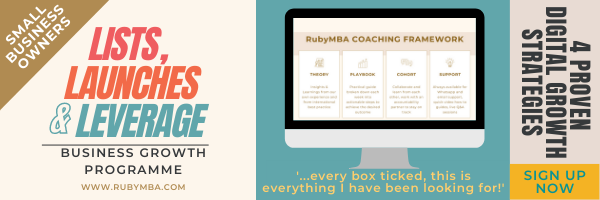Social Media and Business
Social media is an incredibly effective platform when utilized correctly. Statistics show that the average amount of time spent on social media by internet users worldwide is 2 hours and 25 minutes ( Statista.com).
Social media is used by businesses for targeted marketing, brand promotion, building brand awareness, and as a way to connect with customers and nurture new business.
It is a fast and effective communication tool. Customers can easily share their experiences with a company. In turn, social media allows businesses to respond quickly to positive and negative feedback, address customer issues and maintain or rebuild customer relationships.
Crowdsourcing is the practice of gathering information regarding goods or services, through social networking. This allows businesses access to feedback from a large audience, which can be used for improving products or developing new products or services.
Key Points to Consider
There are three key points to consider when choosing your social media platforms:
- Your Ideal Client and which platforms they use or are likely to use
- Where you will get the most engagement from your Ideal Clients
- How much time you have to allocate to managing multiple platforms
It is best to stick to two or three platforms at most. Rather focus on providing media-rich and engaging content on a few channels than bad content split over many. Focus on where you will get the most results.
Research your competitors to find out which social media platforms are they active on. This will give you some idea of where you can find your own audience.
Social Media Challenges
Challenges facing social media users include:
- Mental health-related issues – overuse resulting in burnout, social media addiction, online bullying and other serious mental health issues.
- Polarization – where users can land up in filter bubbles, “a situation in which an individual encounters only information and opinions that conform to and reinforce their own beliefs, caused by algorithms that personalize an individual’s online experience.” Filter bubbles create the illusion of open and friendly dialogue when the user is isolated within an algorithmically generated online community.
- Disinformation – where these polarized environments foster the spread of disinformation, where a perpetrator’s intent is to deceive others with false information.
Businesses face their own unique set of challenges such as offensive posts, security and retention, and productivity concerns.
Before You Get Started
Before embarking on any social media platform, you should establish social media policies that set expectations for appropriate employee social behaviour. These policies should also ensure social media posts do not expose the company to legal problems or public embarrassment. Guidelines should include directives for when an employee must identify themself as a company representative and rules for what type of information can be shared.
Going forward it is important for businesses to create a social media strategy and establish social media goals. This is especially relevant for small businesses that may not have a designated social media manager, and face the very real risk of overuse, leading to stress-related and health issues.
Social media best practices for businesses:
- Put in place an engaging, customer-centric strategy in social media campaigns. An example would be to use Twitter to field questions from customers.
- Focus on the customer. Don’t talk about what is important to you but rather engage with your customers, involve them in a dialogue, and ask them for their opinions. Successful engagement with your customers will not only build a relationship, but it will also help you better identify their needs and wants.
- Include rich media, such as pictures and video, in content to make it more compelling and appealing to users.
- Use social media analytics tools to measure user engagement with content and to keep on top of trends.
- Use a conversational voice in posts that comes across as professional but not rigid.
- Shorten long-form content to make it social-friendly. Lists and audio and video snippets are examples. By its nature, social media is a short attention span media—you have to catch a user’s attention as they quickly scroll through dozens of posts at a time.
- Embrace employees and customers talking positively about the organization and repost that content.
- Check-in on analytics and management tools frequently, if not on a daily basis, as well as the social media accounts.
- BE CONSISTENT! It may be better to not have a social media icon on your website if you are not going to actively engage with it on a daily basis.
P.S. Are you ready to master your messaging and build an empire?
RubyMBA’s Lists, Launches, and Leverage 2022 programme is a deep dive into how to master your message. If you want to know more about our programme, email us at theteam@rubymba.com.


